Canon released the Canon 1Ds on September 24th 2002. It was one of worlds the first full frame DSLRs. It was also in sept of 2002 the US got its first Camera phone. Brittany Spears and Justin Timberlake officially broke up. Nelly’s ‘Dilemma’ topped the US top 40 Charts. My Big Fat Greek Wedding was the number one grossing movie. Social Media didn’t exist. 2002 was the last year film cameras outsold digital. It was a fascinating time for photography. Film and digital were at war. A 120 year old proven technology vs one still being developed. It’s a camera and a time in the history of photography that has been buried with the passage of time.
My interest in this period began a couple years ago when I purchased a 5d “Classic” circa 2005. I was interested in trying a full frame and the 5d could be had for $200. At the time I had a canon SL2 crop sensor DSLR which was my only point of comparison to the 5D. Technology and convenience wise the 5D was a huge step down compared to the SL2. Only 12 megapixels. No live preview. No video. No GPS. No WiFi file transfer. The screen is terrible and doesn’t articulate. These lack of features and lack of latest technology set the bar pretty low. DXOmark.com gives the sensor a score of 77 out of 100 which in my day was a C-. It was very difficult to even want to like this camera. Thankfully, I made a serious attempt to use the camera and didn’t give up on it. Slowly over time I discovered I liked the files from the 5d better than the SL2. I don’t see C- when I look at the images the 5d produces. I see beautiful film like images with excellent color science.
Recent reviews of the 5d often mention its analog qualities but treat them as if it were just a happy accident. I however believe the 5d’s analog qualities were very intentional. Nowadays most camera’s strive to improve upon its predecessor but have forgotten about the film legacy. The early 2000’s were a different time. The predecessor was film. Though not the first full frame the 5d was still very much a pioneer (Nikon didn’t release a full frame DSLR until 2007). Creating a digital sensor that is visually and technically close to film must have been a priority. I began to wonder if there might be another full frame DSLR that might be more film like than the 5d. If one did exist, I guessed it would have been a from the early 2000s when digital was striving to equal the qualities of film. Down the rabbit hole I went and very shallow hole it was. There is the Contax N digital also from 2002. In researching the Contax seemed to be very compromised camera plagued with premature sensor failure (It was pulled from production less than 6 months after its release). Another full frame first is the Kodak DCS Pro 14n which was Kodak branded DSLR based of the Nikon F series film camera from 2003. Then there is the Canon 1DS based off the Canon 1v film camera. The Contax is almost impossible to find in working condition and ones that work are way out of my budget. The Kodak is Nikon based and I don’t have any Nikon lenses so that one was eliminated (for now). It seemed logical to try out the 1Ds.
Before buying the Canon 1Ds I wanted to see what people have to say about it. The internet was in a much more primitive state in 2002 so online reviews from its release are scarce. Modern reviews are equally hard to find as it seems everyone has forgotten this camera or confuses it with the crop sensor 1D. Though this camera has been forgotten I’m sure it was something everyone was watching during its original release. At the time I was a 22 year old broke college student. This camera was $8000 when new so I had as much chance of buying this camera as I did getting a date with Halle Berry. Needless to say it wasn’t anything attainable to me so it was not on my radar and I have no memories of it. I really had to dig to find any info about this camera. The only informative reviews I found were from Luminous Landscape and Shutterbug. Not surprisingly both reviews compared the 1Ds to 35mm, medium format and 4×5 sheet film. They are fascinating articles that take you back to the mindset of photography in 2002. The consensus from the limited information I could find was the 1Ds is as good as 35mm film in most circumstances in terms of resolution and color accuracy (no it does not have the same latitude as reversal film). As I’ve mentioned I don’t think camera specs can give you the full story on what this camera is capable of. Here is my experience based off using this camera exclusively for the last month.
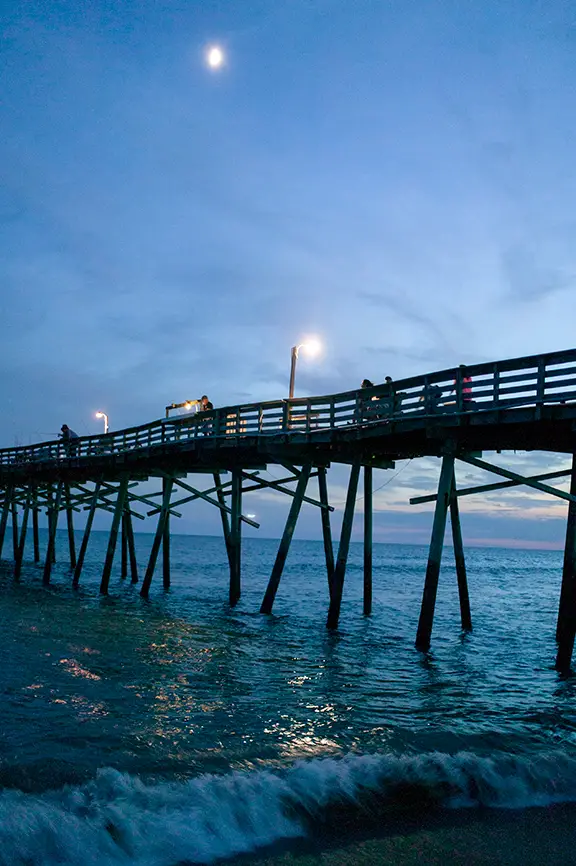
The Body
My example of the Canon 1Ds has seen some mileage. Hard miles. I often wonder about a camera’s past life and what it was used for. The narrative I concocted for this one is school photography. This camera looks like it has been used to photograph every child in the state of Nebraska from kindergarten through senior year. Its only functional issue is the back control wheel takes a lot of effort to turn. Whatever bearing material that once made the wheel turn freely has long since worn out. It’s a testament to how tough these pro level cameras are. Most of the negative things I have to say about the camera’s design are related to the time in which it was produced not inherent design flaws.
Vintage Digital Camera Complaints:
The Battery. It’s NiMH. Its very large, heavy and small capacity for its size. Replacements can be hard to find. The end of the battery makes up part of the body and aftermarket batteries do not always fit correctly.
The Charger. Like the battery its huge. If you buy one of these make sure you get a one. They typically go for $150+ and there aren’t any real aftermarket offerings.
It takes CF cards. You may or may not see this as an issue. High-capacity CF cards are hard to come by and more expensive than SD cards. CF to SD adaptors are available but they aren’t from what I would call proven manufacturers. I’ve had several instances of data corruption using these adapters.
The LCD. It’s from 2002. Yes it sucks. Turn on the histogram and pretend you are shooting film.
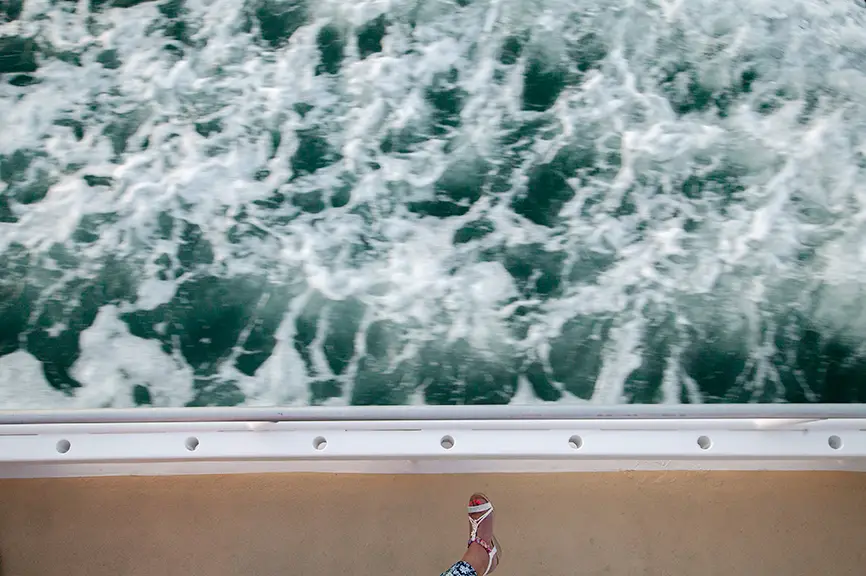
The Bad
This thing is huge! My wife calls the Canon 1Ds the “paparazzi camera”. That can be good or bad depending on how you look at it. You will not go unnoticed with this over your shoulder. It didn’t stop me from taking it into public places and I definitely got some looks.
The controls. They are not intuitive. Most of the main controls require the user to press two buttons. Two buttons with your left hand and you must use your right hand to make the adjustment with one of the two control wheels. Reviewing images also requires a combination of buttons to be pressed. This is not a one-handed camera. There was a purpose to this. The idea being two simultaneous button presses would eliminate accidental changes. In my opinion this is overkill and unnecessary. Because if the built in “safety’s” You have to really learn this camera to change settings quickly. I’m a month in and still learning. If I were a working professional under any amount of stress to get a shot (like journalism or wedding photography) I would find these safety measures very frustrating.

The Good
The Canon 1Ds makes your other DSLRs (or film SLRs) feel like a Ricoh GR! Yes its large and heavy but it makes up for this in ergonomics and build quality. It is cliché to say that you can drive nails with Canon 1 series pro camera’s and it is a cliché that was lost on me until I actually held one. This is a quality camera and it feels that way in your hand. This is one of those cameras you want to get out and use. It’s worth mentioning the mass of this camera can absorb a lot of shutter slap. I was able to routinely handhold the camera down to 1/15 of a second with a 40mm lens.
The shutter sound and feel. I guess we all have our camera fetishes. Shutters are mine. This is the best sounding shutter of any camera I have ever owned. It’s such a great sound. I have found myself bracketing 5 stops just as an excuse to hear this shutter fire. It makes you feel like you are shooting for national geographic even if you are just taking a picture of an old push broom.
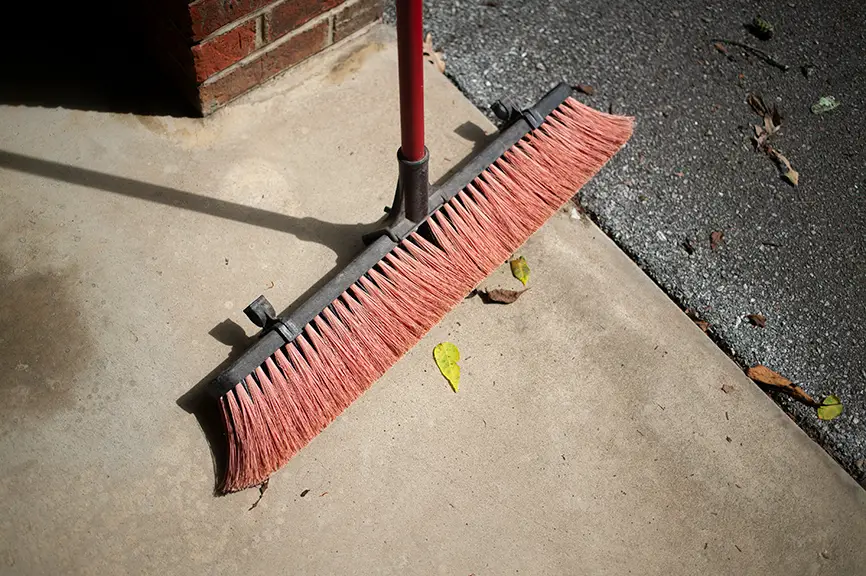
Very bright 100% viewfinder coverage with interchangeable focusing screens.
Very simple easy to follow menu. When I first turned on the camera I was entertained by the user interface. It definitely has a Windows 2000 look to it. Looks aside the menu is very simple to navigate and use.
Its weatherproof
Canon 1Ds Image Quality.
I had high hopes based of the 5d but I also remember some of my experiences with “lesser” digital camera’s of the early 2000’s. I was pleasantly surprised by the results from the Canon 1Ds.
The Bad
The resolution. Most camera’s of this time were only 3-4 megapixels! 11 megapixels was huge in 2002. People were ditching their medium format gear for this camera! Unfortunately people associate resolution with image quality and time has not been kind to a 11 megapixel specification. I’m not in agreement with this but I think this is why the 1Ds has become a forgotten camera. Though great for its time this is not a modern camera in terms of dynamic range/latitude or iso performance. Its highest ISO is 1250, so no it cannot see in the dark. You won’t be pulling up shadows that are underexposed by 5 stops. I deem its “window” of exposure as acceptable but you will need to put some thought into metering.
The Good
The resolution. These aren’t the same 11 megapixels in your phone! These 11 megapixels are spread over a 35 mm frame. This means much means larger pixels. Larger pixels/photosites have more surface area to collect light. More light gives the camera a better chance at accurately determining color and tone at the pixel level. If you aren’t familiar with the term “Fat Pixel Camera” and are in the mood to nerd out it’s a fascinating topic to research. It mostly applies to early medium format digital backs with photosites of 9 microns or larger. The 1Ds photosites are 8.9 microns and that’s close enough for me to be considered in the exclusive Fat Pixel Camera club.
Light fall off. This is one of those things that are never talked about in camera reviews. Dynamic range is important but so is the transition zone between an area that is overexposed and where the camera starts recording information. Many of the cameras from this era suffered from poor dynamic range AND poor light fall off. One of the tell tell signs of early sensors are how skies are rendered. Many cameras of this era are marked by huge overexposed white areas with an abrupt transition into midtones. Not so with the Canon 1Ds It produces a believable gradient in skies and areas of extreme differences in light and dark and can do it better than much newer camera (when properly exposed).
This camera has a special ability to capture clouds and dramatic skies. I almost didn’t include this observation as it is one of the most ridiculous things I have ever said about a camera. I attribute this ability to the large pixel size. I have been taking pictures of dramatic cloud filled skies for as long as I have been taking pictures. I always hope to capture the look of these scenes as I observed them. The images almost always disappoint. This camera has a special ability to separate tones and gives skies a three-dimensional look. I haven’t been able to easily capture this with any other camera I have used.

The colors. The Canon 1Ds has excellent color science. I judge color science but how much post processing is needed to make colors look true to life (or better). Images are almost always great straight out of camera with no adjustments needed. I believe manufactures sometimes cover up a lack of good color science by applying a slight warm tone or other “effect”. Not so with the 1Ds. If this were film I would say this is a professional type film that strives to be more color accurate while the 5d is a little more vibrant like a consumer film. I wouldn’t call either one better than the other. Both are great in their own ways.
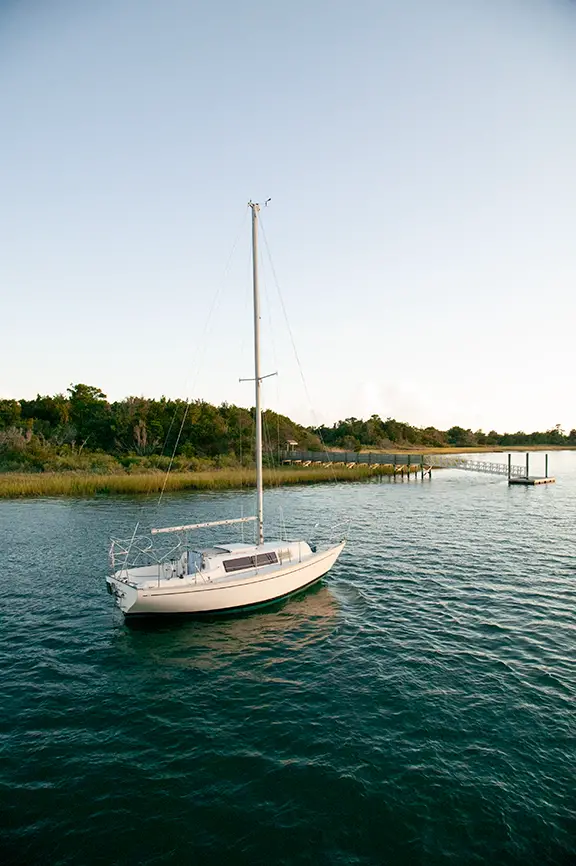
ISO Performance. This is entirely my opinion and many will probably disagree. Its limited to 1250 at its highest ISO setting. Just like its color science there wasn’t any attempts to cover it up by “smudging” the noise. You will see noise starting to appear at 400 ISO. The noise it produces is the most grain like noise I’ve ever experienced with a digital camera. I can see the appeal of being able to handhold a camera in near darkness and still get images that are clean. Maybe one day I will own one. For now I’m really enjoying the grain like noise and character I get from the Canon 1Ds. In my opinion this is the one of the few digital cameras who’s noise could actually pass for grain and I’ve see a lot of ugly messy noise.
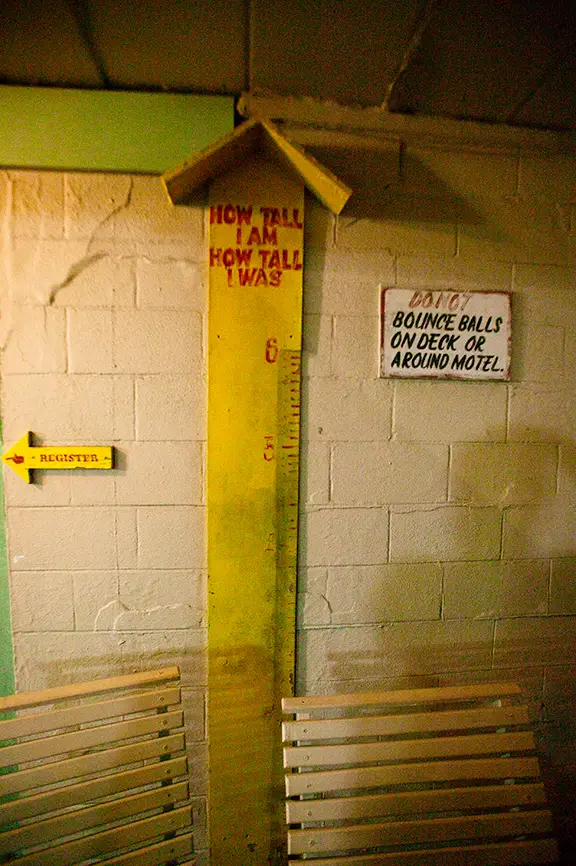
Canon 1Ds Photos
My month’s worth of “research” gathering images:
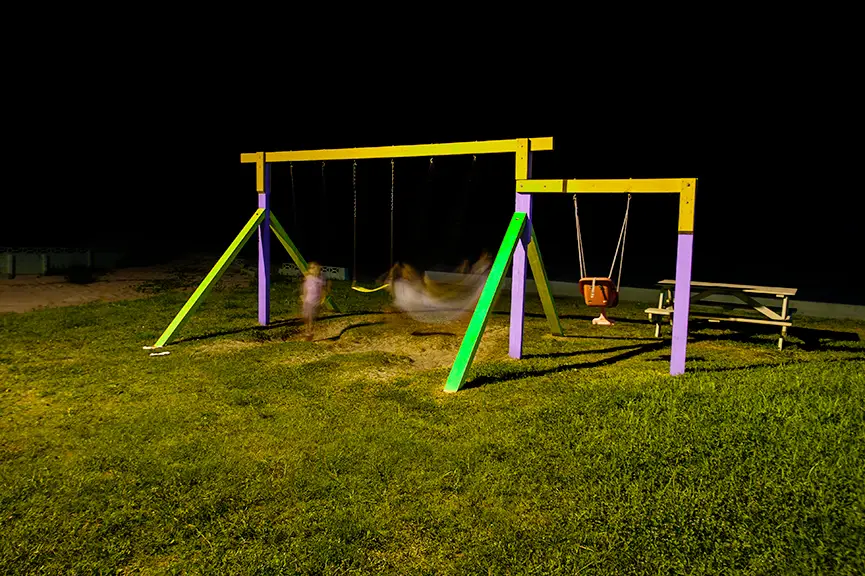

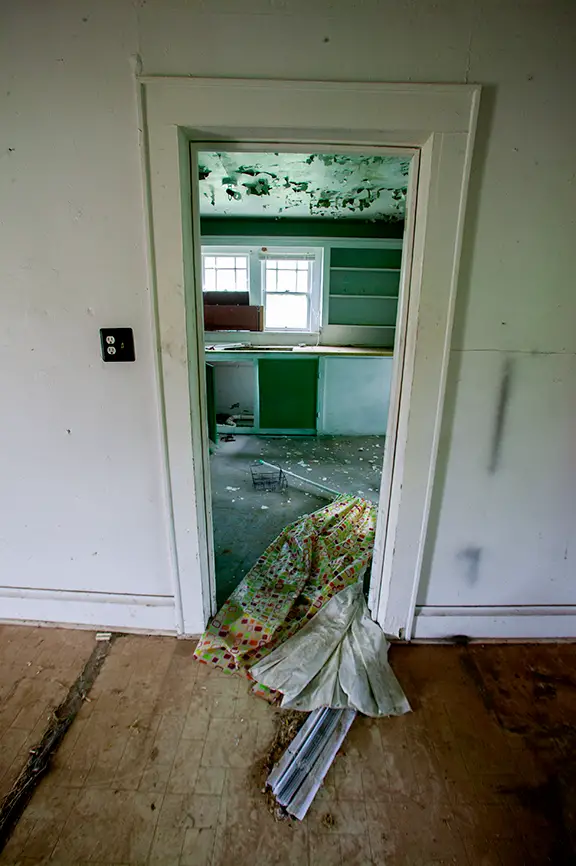


Some Final Thoughts on the Canon 1Ds
I wasn’t really sure what to expect from a 20 year old digital camera and kept my expectations in check. After a month of shooting with this camera I can confidently say it did everything I asked of it and more. Aside from the screen and NiMH battery I never felt like I was using a 20-year-old digital camera. I’ve been on the search for the holy grail “digital film camera” for a while now. I would rank the Canon 1Ds as the most film like digital “experience” I’ve ever had. My photography journey began during this time this camera was introduced. I never could have dreamed film would make a comeback as it is today. In some ways it’s like watching history reverse itself. With film’s resurgence it’s my hope that more camera manufacturers will again start thinking about how they can make camera’s that produce images that are film like. In the meantime if you love film and are looking for a film like experience in a Digital camera I would highly recommend the Canon 1Ds.
Share this post:
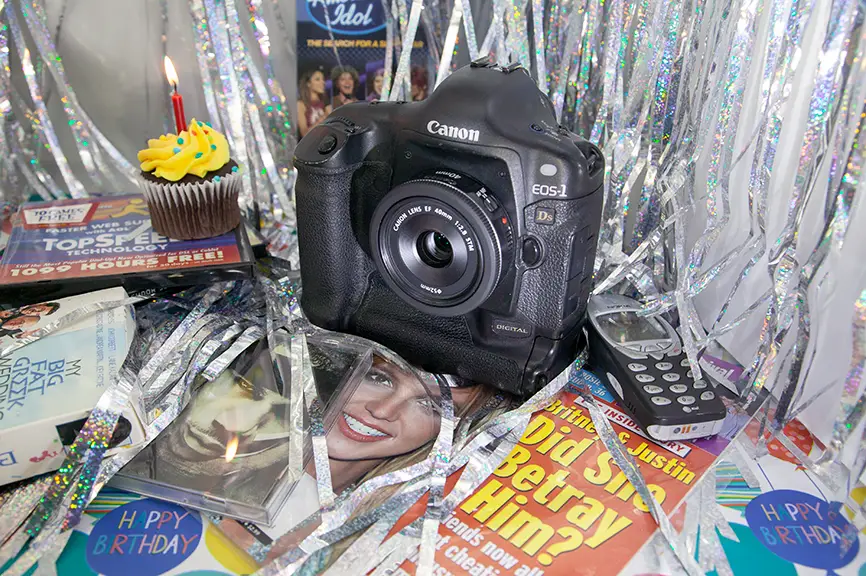








Comments
Nigel Cliff on Canon 1Ds Review – Happy 20th Birthday to One of the First Full Frame DSLRs – By Brian M Cox
Comment posted: 24/10/2022
Over the past year I have been revisiting some of the raw files from older cameras and running those from the 1DS through DXO has been a revelation,shots that I was pleased with back then look way better in 2022.
Would I get another one well no because even my 40D feels weighty so the 1DS would be a step to far but would I recommend one,hell yes.
Comment posted: 24/10/2022
Alessio on Canon 1Ds Review – Happy 20th Birthday to One of the First Full Frame DSLRs – By Brian M Cox
Comment posted: 24/10/2022
what to say about it ... i was amazed looking at her files on capture one, i have never used cameras like this, mine only has 14000 shots and i hope it will stay with me for the next 20 years, at least until my girls are grown up and find a better photographer than me for their memories.
I enjoyed reading your review and if you have other shots share them because they are beautiful, thanks!
brian m cox on Canon 1Ds Review – Happy 20th Birthday to One of the First Full Frame DSLRs – By Brian M Cox
Comment posted: 24/10/2022
Bill Brown on Canon 1Ds Review – Happy 20th Birthday to One of the First Full Frame DSLRs – By Brian M Cox
Comment posted: 24/10/2022
Anyway I digress. I've been a digital darkroom tech since 2006 and Ive witnessed the transition to higher pixel density and higher ISO capabilities firsthand. I agree with your assessment about film like qualities on some earlier digital sensors and color science. I mentioned recently on another post that that my main client made the jump to digital with the purchase of a Phase One P-30 digital back for his Hasselblad. That large sensor combined with the color science of Capture One software produced beautiful portrait files with a film like quality. The maximum usable ISO was only around 400 but this wasn't really a factor under studio lighting. He now shoots with the Fuji GFX 100 and we love those files and color science but there is still a clinical visual difference in the look of these newer files.
Resolution is not necessarily the end all when it comes to photographs as much as a feeling or look. I personally believe that all of the horrific file color manipulation that has gone on can be partially attributed to those with no film background and as a way to distract the viewer from the lack of ability of the shooter. My clients that I shoot for don't ever comment about the fact that I used an almost 40 year old camera with the antiquated capture medium of film. Likewise it applies to older forms of digital capture such as the 1Ds. Yes film and digital are different but the thread that binds them together is light. Knowing your capture device and how it handles light is first and foremost.
One of the biggest differences between film and digital is that back in film days no matter which camera manufacturer you chose to support they all used film. This binder does not hold true with digital, there is no control group as it were. Without this control manufacturers are free to pursue whatever they think will sell the next generation of capture devices. I laughingly tell people I've been shooting with mirrorless since 2008 with a Contax G2. You can't put film in a phone so maybe that is in the future as manufacturers look for ways to sell product.
Ultimately it boils down to personal preferences and having more choices is a good thing. Sorry for the long reply,a little rant and sarcasm but photography in its basic form can be a simple pleasure. I wish you the best in your photography pursuit and thanks again for writing a story that will hopefully spark some thoughts among readers.
Comment posted: 24/10/2022
Comment posted: 24/10/2022
Pete on Canon 1Ds Review – Happy 20th Birthday to One of the First Full Frame DSLRs – By Brian M Cox
Comment posted: 24/10/2022
Comment posted: 24/10/2022
brian m cox on Canon 1Ds Review – Happy 20th Birthday to One of the First Full Frame DSLRs – By Brian M Cox
Comment posted: 24/10/2022
Fabrizio on Canon 1Ds Review – Happy 20th Birthday to One of the First Full Frame DSLRs – By Brian M Cox
Comment posted: 26/10/2022
brian m cox on Canon 1Ds Review – Happy 20th Birthday to One of the First Full Frame DSLRs – By Brian M Cox
Comment posted: 27/10/2022
D Cooke on Canon 1Ds Review – Happy 20th Birthday to One of the First Full Frame DSLRs – By Brian M Cox
Comment posted: 13/04/2024
ANASTASIA ADAMAKI on Canon 1Ds Review – Happy 20th Birthday to One of the First Full Frame DSLRs – By Brian M Cox
Comment posted: 25/08/2025